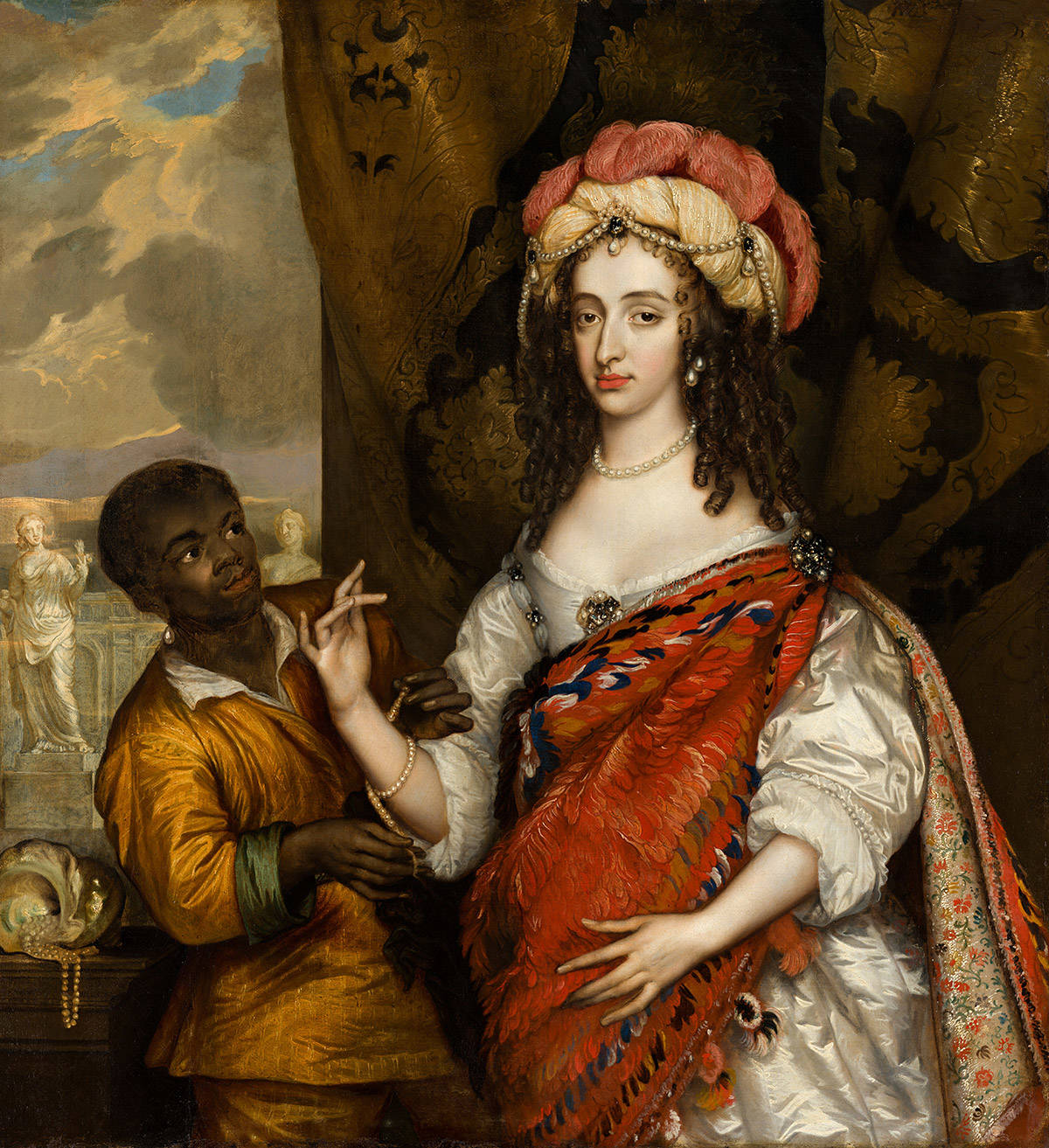Johan Maurits and the Mauritshuis
Permanent exhibition

The Mauritshuis was built by order of Count Johan Maurits van Nassau-Siegen (1604-1679). So it is literally Johan Maurits' house. In a new permanent presentation in one of the rooms of our museum, we will tell, on the basis of eleven works of art, the story about Johan Maurits, Dutch Brazil and the history of the Mauritshuis as a building and museum.
Governor of the colony Dutch Brazil
Johan Maurits was appointed governor of the colony Dutch Brazil by the Dutch West India Company (WIC). The WIC had captured this area in the north-east of Brazil from the Portuguese for its lucrative sugar mills and sugar cane plantations. John Maurits governed the colony from 1636 until 1644 and used his Brazilian income to build his private residence in The Hague.
At the Mauritshuis we previously considered Johan Maurits primarily from an art historical perspective. We focused on how he took artists and scientists with him to Brazil to record the nature and inhabitants there. By exclusively looking at Johan Maurits through an art historical lens, however, we only see a limited part of his story. Because he also played an important role in the transatlantic slave trade – at least 24,000 enslaved Africans were transported to Brazil under his rule.

A new presentation
The artworks in this new presentation – ten paintings and a sculpture – are all from our own collection, but were previously dispersed throughout the building. By bringing these works together in one room on the first floor, you as the visitor are given the opportunity at the start of your visit to the museum to form an image of the man who gave the museum its name and his background. New room texts and a reworked multimedia tour shed light on various aspects of Johan Maurits’s governorship (1636-1644) of Dutch Brazil in the service of the WIC.
We also consider the reality that often seems almost invisible in our paintings: the origin of the sugary treat in a portrait of a young girl; a black boy reduced to an ‘exotic’ accessory to underscore the exaltedness of a white princess.

Idealised image
Johan Maurits was long viewed above all as an ‘enlightened’ and tolerant governor who took artists and scientists with him to Brazil. Today attention is also paid to his role in the transatlantic slave trade and the slavery system that keep the lucrative sugar mills running. Artworks from the time present an idealised image of the colony, which is why the accompanying texts focus on precisely that which is not visible. The exhibition Shifting Image – In Search of Johan Maurits (April – July 2019) began this discussion by exploring the difference aspects of the historical figure Johan Maurits. The new display in the museum provides a permanent focus for the story of Johan Maurits, Dutch Brazil and the relationship with the Mauritshuis.

Illegal slave trade
After the exhibition Shifting Image – In Search of Johan Maurits in 2019, the Mauritshuis initiated the research project Revisiting Dutch Brazil and Johan Maurits. This project focuses on historical (archival) research into the Johan Maurits’s time as governor in Brazil, with an emphasis on subjects that have before now been given little attention. These include Johan Maurits’s role in the transatlantic slave trade between West and Central Africa and Brazil, a role that has previously been downplayed by various writers.
In an article recently published in the Journal of Early American History, head of the research project Erik Odegard and Carolina Monteiro (formerly junior researcher at the Mauritshuis) write that new research has established that Johan Maurits traded in people at his own expense. While the slave trade was not illegal in the eyes of the WIC, the private trade in enslaved people was. Johan Maurits smuggled enslaved Africans into Brazil and sold them on to others. He also traded a ‘gift’ of two hundred people from the king of Congo for personal gain.
Read the article by Erik Odegard and Carolina Monteiro about Johan Maurits’s time as governor in Brazil.
Research project
Over the coming period, four researchers will examine various aspects of Dutch Brazil and Johan Maurits in more depth. To this end, a fellowship programme has been set up with the support of the Gieskes-Strijbis Fonds.
Named after Johan Maurits
Martine Gosselink: ‘We are regularly asked whether the Mauritshuis is going to change its name given the role that Johan Maurits played in the transatlantic slave trade. This is not something we are going to do. He was simply the owner and person who gave the Mauritshuis its name. This house doesn’t bear his name because he was considered a great hero, but because it has always been named after (Johan) Maurits. What we are going to do is to make Johan Maurits more visible in his former home to enter into the debate about slavery. We are doing this online with a series of online debates that we are organising, by facilitating research and with our own collection in a permanent room in the museum itself. Johan Maurits’s past raises questions for many, and we don’t intend to shy away from these’.
